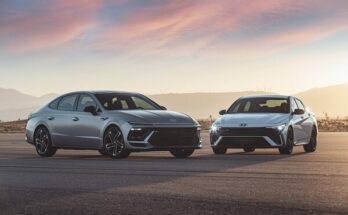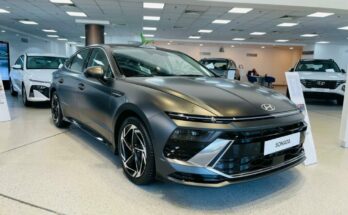There have been rumors going around for the past few days that Hyundai-Nishat intends to tap the hatchback market in Pakistan by launching the i10 hatchback.
Hyundai i10 is currently in its third generation that first debuted in India in 2019 and comes available in both hatchback and sedan guises. The hatchback in India is called Grand i10 Nios whereas it’s simply called the i10 or Grand i10 in other markets. Likewise, the sedan is marketed as Hyundai Aura in India while it is sold as the i10 sedan in other parts of the world including RHD markets of Australia and South Africa. Hyundai’s performance N-Line variant is also available with the i10 but with the hatchback only.
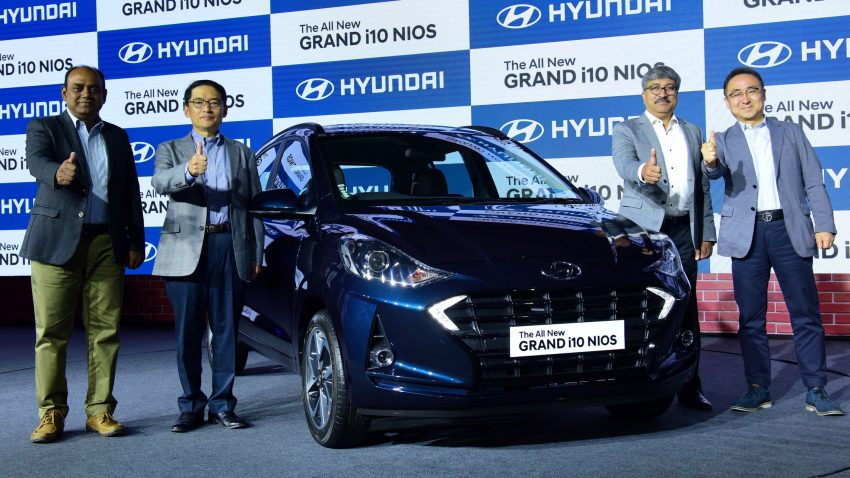
The i10 comes available with a number of engine options depending on the market where it is sold. There are at least 4 different choices of 1.0L three-cylinder engine available– a Kappa II MPI, Kappa II T-GDI, Smartstream MPI, and Smartstream T-GDI. The 1.2L engine is either a Kappa II MPI four-cylinder unit or a U II CRDI three-cylinder diesel. Transmission choices include a 5-speed manual or a 5-speed AMT.
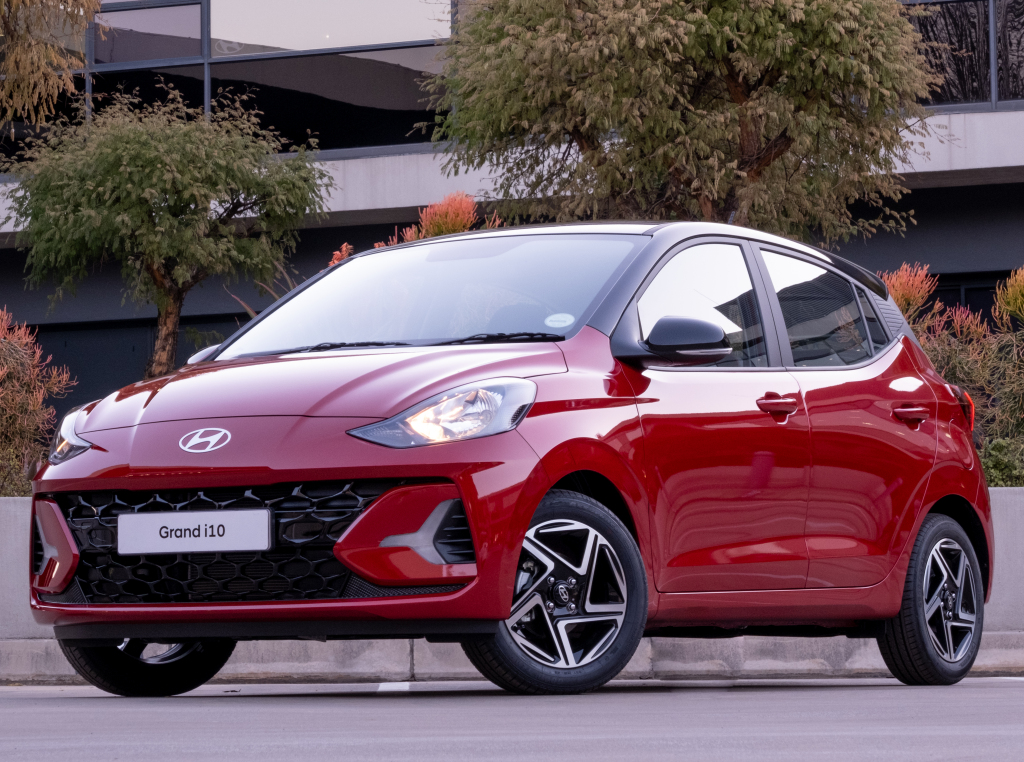
The key to the Hyundai i10’s success has always been its compact dimensions and good fuel economy, and the latest model lives up to its reputation. According to ARAI (Automotive Research Association of India), the manual version boasts fuel economy figures of 18 km per liter while the automatic version returns up to 16 km per liter. A CNG version is also available in the Indian market which delivers mileage of up to 27 kg/km.
Related: 2024 Kia Picanto Launched In Australia
The sharply-styled hatchback gets features such as LED headlamps, LED DRLs, alloy wheels, floating roof design, dual-tone exterior color options, back wiper & embedded spoiler. Inside, there is an 8-inch touchscreen infotainment system that supports Apple CarPlay, and Android Auto. Other highlights include a multi-function steering wheel, digital information display, and wireless phone charging.
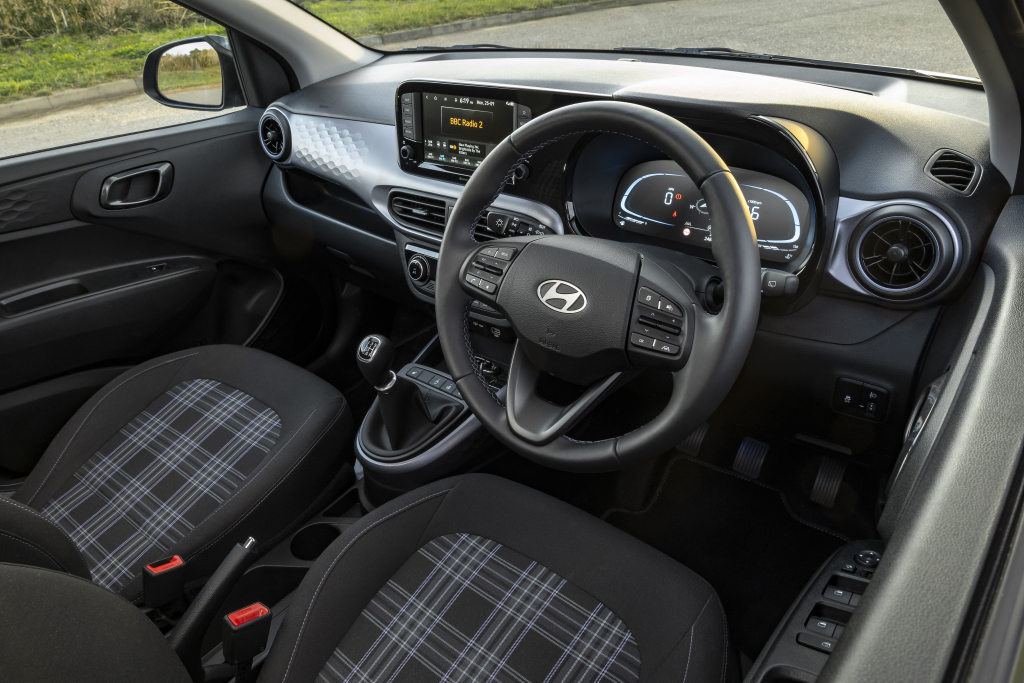
In terms of safety, the Hyundai i10 comes equipped with 4 airbags, ABS with EBD, central locking, immobilizer, parking assist, rear parking sensors, rear defogger, rear camera with display, driver and passenger seat belt reminder, and speed alert system. Plus there is Hyundai’s ‘SmartSense’ safety tech which includes real-time traffic, weather, and speed camera information, in addition to autonomous emergency braking with pedestrian detection, lane keeping assist, cruise control, driver attention warning, intelligent speed limit warning, traffic sign recognition, and auto high beam, etc.
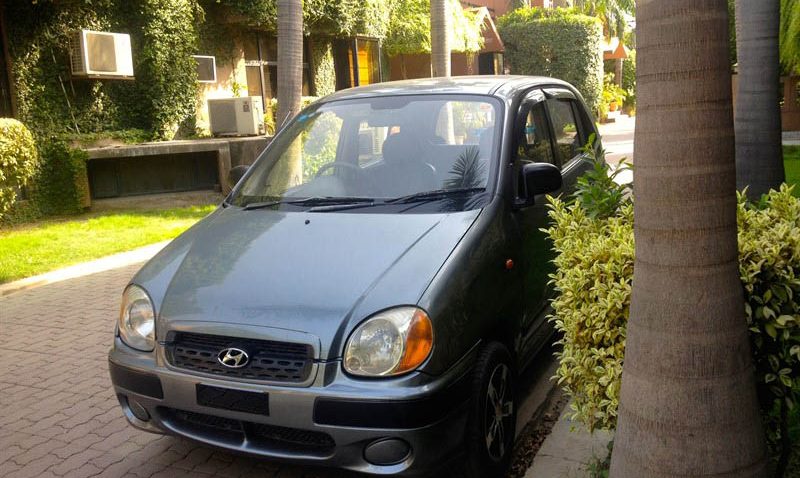
During Hyundai’s previous tenure with Dewan Group (from 1999 to 2008), the Santro was one of Pakistan’s most popular locally assembled vehicles, essentially dominating the 1.0L market. This time, however, the local partner Nishat Group has positioned Hyundai as a premium brand in Pakistan and has yet to launch a mass-market product.
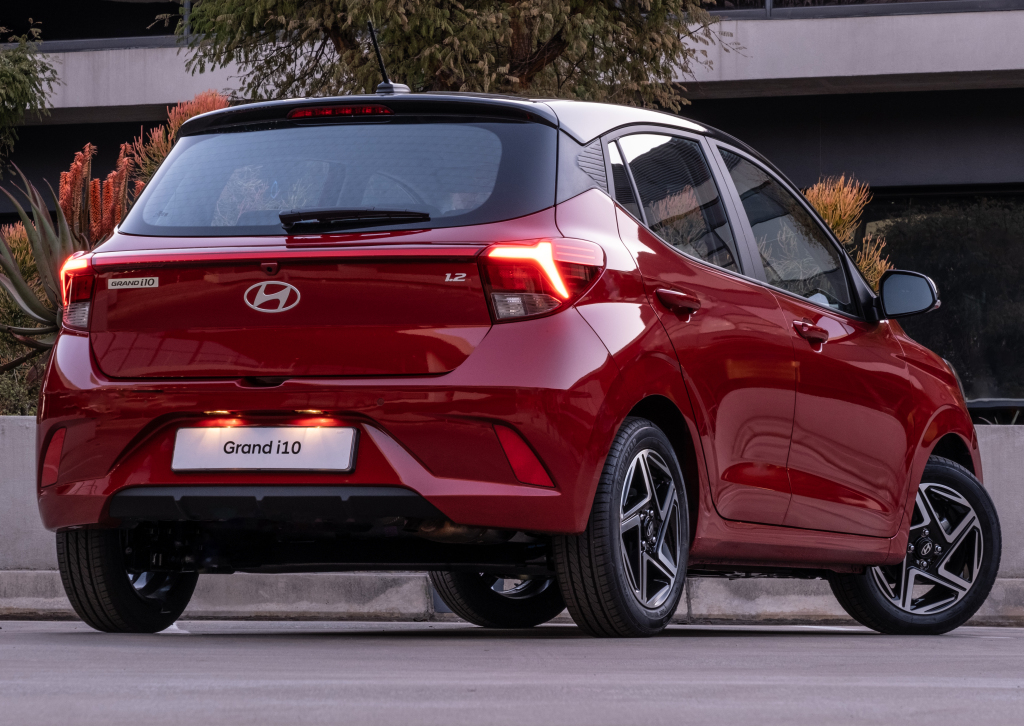
Across the border, the Hyundai Grand i10 Nios is priced at INR 5.92 lac (PKR 19.96 lac) for the base trim and goes all the way up to INR 8.56 lac (PKR 28.86 lac) for the most-equipped variant. As of right now, Hyundai-Nishat has not released any formal information about when the i10 will launch in Pakistan. In the worst scenario, it could merely be a rumor and the i10 plan might vanish completely.
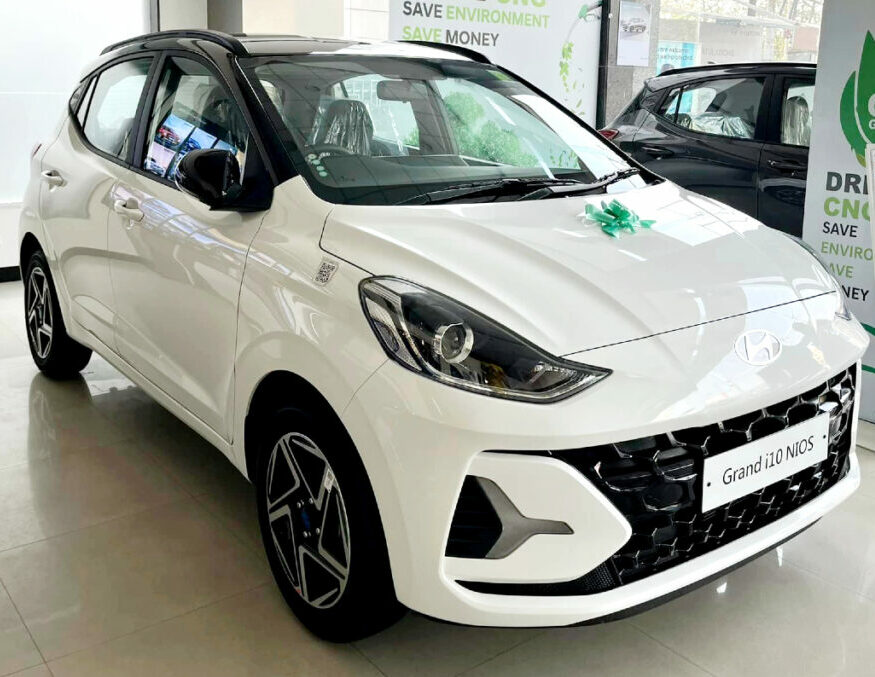
Still, with the Suzuki Wagon R on the cusp of being phased out and the obsolete Kia Picanto struggling to attract buyers, it wouldn’t be a bad idea to pit the i10 in the 1.0L hatchback segment of the market, particularly if it costs the same or less as the Suzuki Cultus.

A computer animation professional with over 23 years of industry experience having served in leading organizations, TV channels & production facilities in Pakistan. An avid car enthusiast and petrolhead with an affection to deliver quality content to help shape opinions. Formerly written for PakWheels as well as major publications including Dawn. Founder of CarSpiritPK.com

